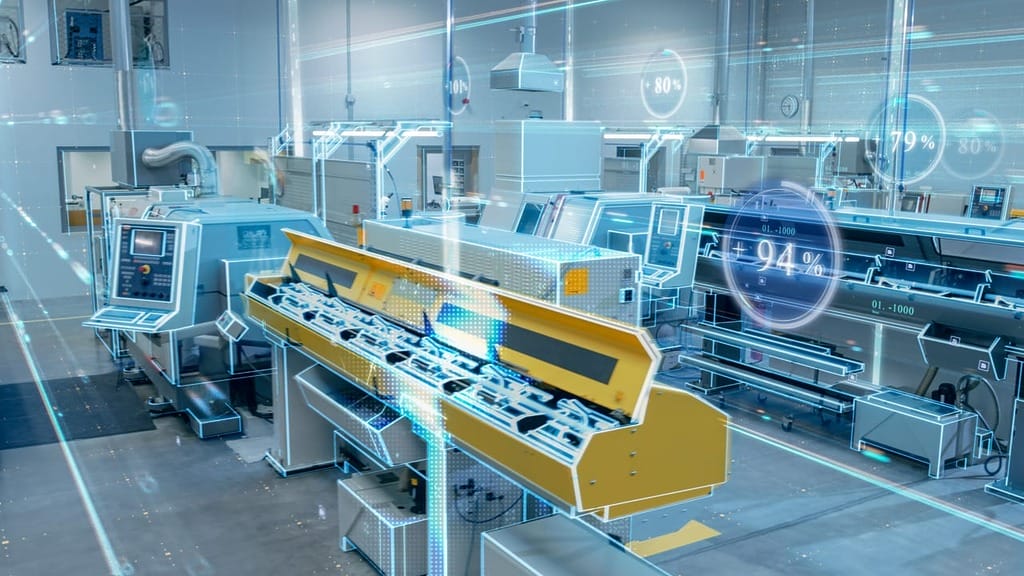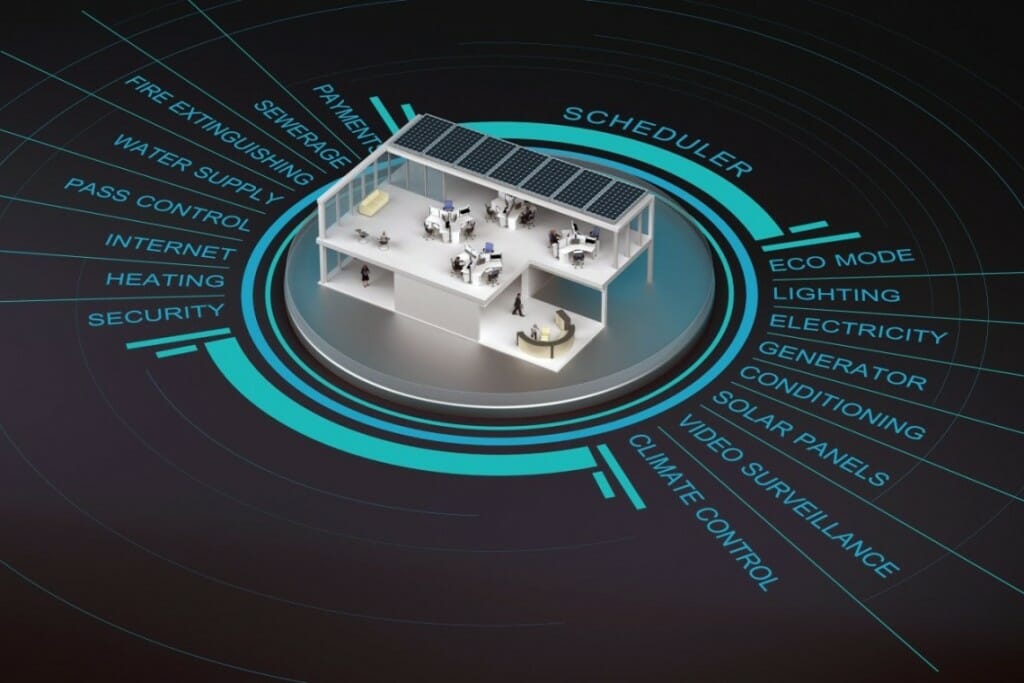Power of Digital Platforms in Industry 4.0
Power of Digital Platforms in Industry 4.0 ATMECS Content Team Introduction In today’s rapidly evolving digital landscape, the engineering sector is experiencing a revolutionary shift away from traditional practices towards the adoption of digital platforms. These digital platforms are crucial in Industry 4.0, enhancing operational efficiency, fostering collaboration, and revolutionizing problem-solving methods. By integrating advanced technologies such as IoT and AI, digital platforms in industry 4.0 enable real-time data analysis and streamlined processes, empowering engineers to achieve groundbreaking outcomes. The Role of Digital Platforms in Modern Engineering Digital platforms are catalyzing significant enhancements in productivity and efficiency within engineering. By automating tasks that were once manual and error-prone, these platforms allow engineers to concentrate on more strategic aspects of their projects. For instance, complex simulations and analytics that previously took extensive time can now be executed swiftly and accurately, thanks to advanced computing capabilities. Moreover, these platforms facilitate seamless integration across various engineering disciplines, fostering an environment of cross-functional collaboration and innovation. Advantages of Enhanced Collaboration and Communication One of the most transformative impacts of digital platforms in engineering is the improvement of collaboration and communication. Traditional methods often involved slow and inefficient processes, such as face-to-face meetings and lengthy email chains. Digital platforms revolutionize these practices by offering tools like real-time document sharing, instant messaging, and video conferencing, which ensure all team members have instant access to the latest updates. This shift not only minimizes errors but also significantly boosts overall productivity. Cost Efficiency and Resource Optimization Adopting digital platforms in engineering leads to substantial cost savings and resource optimization. The traditional reliance on physical prototypes and extensive testing facilities, which are both costly and space-consuming, is reduced. Virtual simulations and modeling replace physical testing, slashing expenses and accelerating development cycles. Additionally, the use of real-time data and analytics on these platforms allows for more effective resource management, promoting sustainability and reducing waste. Leveraging Data and Analytics In the era of Industry 4.0, digital platforms harness the power of data and analytics to provide engineers with deep insights that drive smarter decision-making. Integrated tools for data visualization and advanced analytics make it easier to interpret large datasets, identifying trends and potential issues before they become problematic. AI and machine learning algorithms further enhance these capabilities, offering predictive analytics and automated optimization suggestions that refine the engineering processes. Project Management and Tracking Enhancements Digital platforms transform project management by providing sophisticated tools that help monitor and control engineering projects with precision. Traditional manual tracking methods are replaced by automated systems that offer real-time updates on project progress, task completion, and resource allocation. This not only enhances decision-making but also ensures projects adhere to timelines and budgets, ultimately improving deliverables’ quality and efficiency. Real-World Applications Across Industries Automotive Industry: In the automotive sector, companies like Tesla utilize digital platforms to streamline vehicle system design and testing, significantly reducing time-to-market and manufacturing costs. Construction Engineering: Platforms such as Autodesk Revit transform collaboration among architects, engineers, and contractors, enhancing project efficiency and reducing costly rework. Aerospace Industry: Aerospace giants like Boeing leverage digital platforms to optimize aircraft design and production, improving fuel efficiency and safety standards. Challenges and Considerations of Digital Platforms in Industry 4.0 Despite their benefits, digital platforms in engineering also present challenges, including integration with existing systems, data security issues, and the need for continuous training. Addressing these challenges is crucial for organizations to fully capitalize on the advantages of digital transformation in Industry 4.0. Conclusion Digital platforms are reshaping the future of engineering, driving innovations that enhance productivity, reduce costs, and promote sustainable practices. As we continue to advance into the digital era, embracing these platforms will be essential for any engineering firm aiming to stay competitive and innovative.
Power of Digital Platforms in Industry 4.0 Read More »




